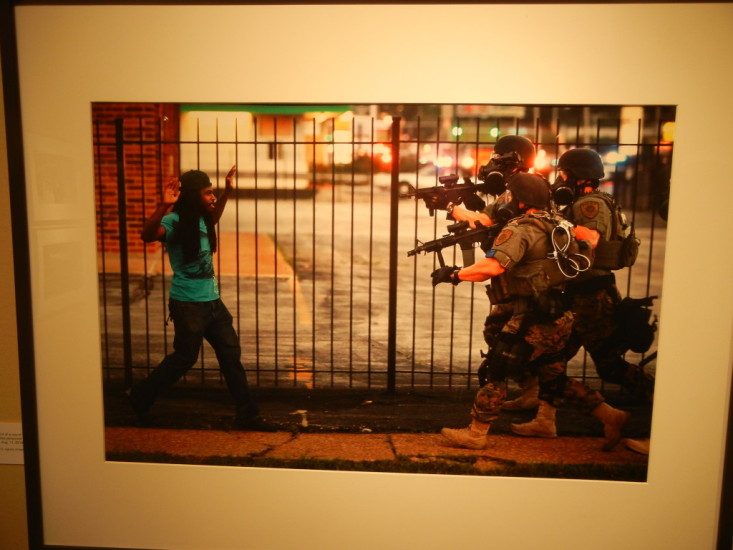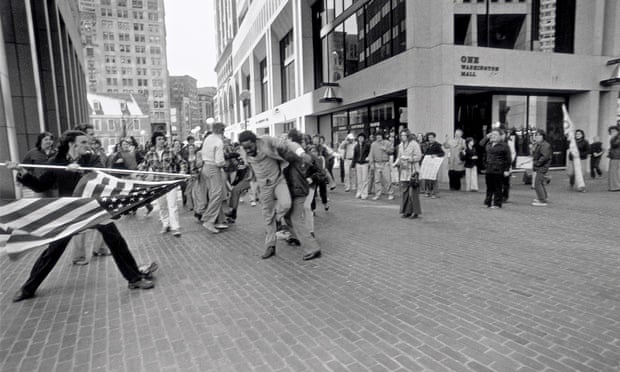
via New Kensington Camera Club
EDDIE ADAMS.

- 1969 Pulitzer Prize Winner for Spot News Photography -
Show Opening Saturday, June 13th, 2015
10:00am at the Alle-Kiski Valley Heritage Museum in Tarentum, PA. The program will include a Marine Color Guard, special guests, a display of 21 large Eddie Adams prints from his Paris Exhibition, a display of photos by Barry Lavery, and the Inspired by Eddie Adams Show by members of the New Kensington Camera Club. Light refreshments will be provided for guests at the Museum.
A screening of the Eddie Adams documentary,
"An Unlikely Weapon" will take place at 1:00pm
A dinner at the Clarion Hotel in New Kensington will follow at 6:00pm with special guest speaker, Justin Merriman of the Pittsburgh Tribune-Review. The photo exhibit will run throughout the month of June.
Proceeds from the show and dinner will be used toward the purchase of a Pennsylvania Historical Marker for Eddie Adams in his hometown of New Kensington, PA. Additional proceeds will be used toward the Eddie Adams, John Filo Scholarship fund and ƒ-Stop ALS/NKCC Cares.
Museum Admission is $5.00 (free to all paid members of NKCC & Alle-Kiski Valley Historical Society)
Dinner Tickets are on sale for $25.00
Tickets for the EAD2015 Dinner may be purchased in advance from NKCC or the Alle-Kiski Valley Heritage Museum. A limited number of tickets will be available at the door before the dinner.

Eddie Adams Day is an event held by the New Kensington Camera Club with the cooperation and sponsorship of the Alle-Kiski Valley Historical Society.
Visit nkcameraclub.org and akvhs.org for further information.
Visit nkcameraclub.org and akvhs.org for further information.
Special Guests
Pittsburgh Tribune-Review Photographer
Justin Merriman
 Justin Merriman (b. September 28, 1977), an award-winning photojournalist with the Pittsburgh Tribune-Review, has spent more than a decade traveling the world to cover politics, wars, natural disasters and civil unrest. His work has appeared in leading national publications and he has received multiple top
Justin Merriman (b. September 28, 1977), an award-winning photojournalist with the Pittsburgh Tribune-Review, has spent more than a decade traveling the world to cover politics, wars, natural disasters and civil unrest. His work has appeared in leading national publications and he has received multiple topjournalism awards.
After covering the September 11, 2001, terrorist attacks – including the crash of United Flight 93 in Shanksville, Pennsylvania – Merriman committed to chronicling the U.S. military and its war on terror. He has followed this story across the United States and into the conflict zones of Pakistan, Afghanistan, and Iraq. He also has covered life in Fidel Castro’s Cuba in 2002, India’s efforts to
eradicate polio from its population, the aftermath of the 2010 earthquake in Haiti, Pope Benedicts XVI’s visit to Cuba in 2012, the 2013 conclave and election of
Pope Francis in Rome, the second anniversary of Egypt’s revolution and subsequent unrest, Russia’s invasion of Crimea and the international political crisis that unfolded in Ukraine in 2014, and most recently, traveled the U.S. border with Mexico documenting issues on immigration.
Merriman has worked at the Tribune- Review since 1999, and his work has appeared in The New York Times, The Washington Post, The Wall Street Journal, American Profile Magazine, Time, USA Today, MSNBC, Sports
Illustrated and publications across the globe. He has been recognized with numerous regional, national and international awards from organizations including: the Society of Professional Journalists, the National Press Photographers Association, the Society for News Design, the Atlanta Photojournalism Seminar, the Northern Short Course, the Southern Short Course, the American Society of Tropical Medicine and Hygiene, the Military Reporters and Editors Association, and the Western Pennsylvania Press Club. He was awarded Photographer of the Year by the News Photographer Association of Greater Pittsburgh four times.
In 2014, Merriman received awards for his work in Egypt including the top award in the International Photo Story category in the Northern Short Course contest and an award of excellence in the Pictures of the Year International Competition for News Picture Story.
Born in Greensburg, Pennsylvania, Merriman graduated from the University of Pittsburgh at Greensburg in 2000 with a Bachelor of Arts degree in English Writing. In 2009, the university awarded him its prestigious Alumnus of Distinction award.
Currently Merriman lives in Oakmont with his fiancé, Stephanie Strasburg, also a photojournalist with the Pittsburgh Tribune-Review.
Justin is a Barnstorm XV alumnus and worked for the Valley News Dispatch.
Photographic work of Eddie Adams can be viewed at the Monroe Gallery of Photography.
For more information visit http://eddieadamsday.com/
For more information visit http://eddieadamsday.com/





